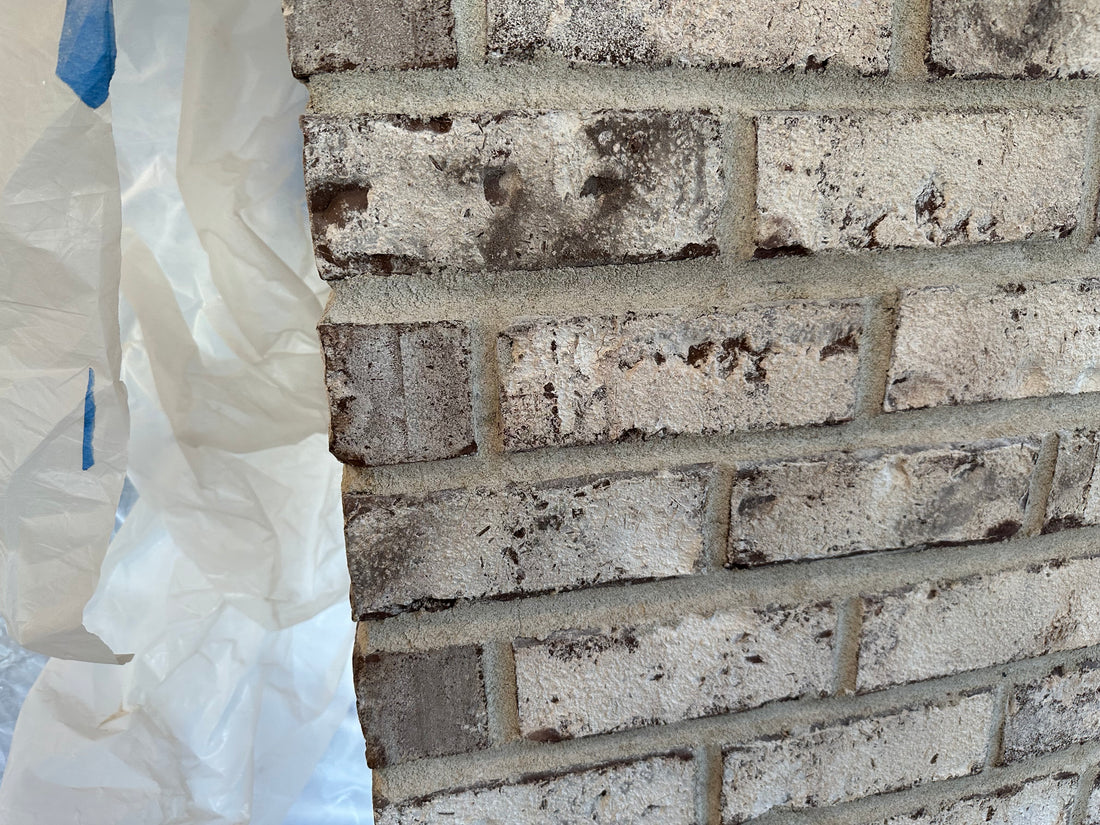Brick veneer is a popular choice for adding aesthetic appeal and durability to buildings. However, like any construction material, it has a lifespan. In this article, we will explore the factors that influence the longevity of brick veneer and provide insights into how long it can last.
The Lifespan of Brick Veneer
Brick veneer is designed to last for many decades, often outlasting other exterior cladding materials. When properly installed and maintained, brick veneer can endure for 50 to 100 years or even longer.
However, it's important to note that the lifespan of brick veneer can vary depending on several factors.
Factors Influencing Brick Veneer Lifespan
- Quality of Materials: The quality of the bricks and mortar used in the construction of the veneer plays a significant role in its durability. High-quality materials are more resistant to weathering and deterioration.
- Installation: Proper installation techniques are crucial for the longevity of brick veneer. If not installed correctly, issues like water infiltration, cracking, and shifting can occur, reducing its lifespan.
- Maintenance: Regular maintenance, including cleaning, repointing, and addressing any visible damages, can significantly extend the lifespan of brick veneer. Neglecting maintenance can lead to accelerated deterioration.
- Climate: The climate in which the building is located also affects the lifespan of brick veneer. Extreme weather conditions, such as high humidity, freeze-thaw cycles, and intense sunlight, can impact its durability.
- Structural Support: The stability and condition of the building's structural support system can impact the lifespan of brick veneer. Proper support ensures the veneer remains intact and resistant to movement.
Extending the Lifespan of Brick Veneer
While brick veneer is inherently durable, there are steps you can take to maximize its longevity:
- Regularly inspect the veneer for cracks, loose bricks, or signs of water infiltration. Address any issues promptly.
- Clean the brick veneer periodically to remove dirt, moss, or other debris that can accelerate deterioration.
- Repoint the mortar joints as necessary to maintain the structural integrity of the veneer.
- Ensure proper drainage around the building to prevent water from pooling near the veneer.
- Consider applying a protective sealant to enhance the veneer's resistance to moisture and weathering.
Conclusion
Brick veneer is a durable and long-lasting exterior cladding option. With proper installation, maintenance, and consideration of environmental factors, it can easily last for 50 to 100 years. By taking proactive measures to protect and maintain brick veneer, you can ensure its extended lifespan and the beauty it brings to your building for many years to come.

